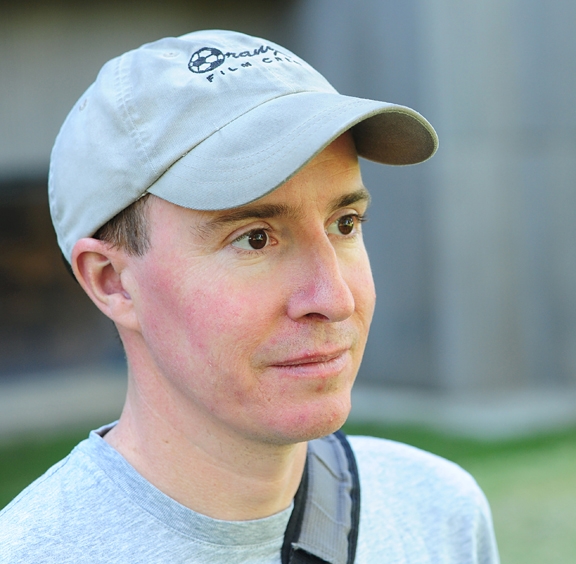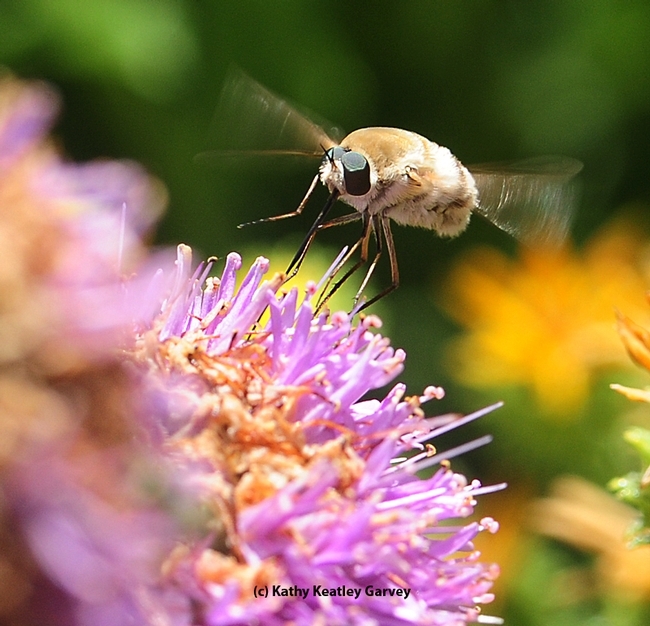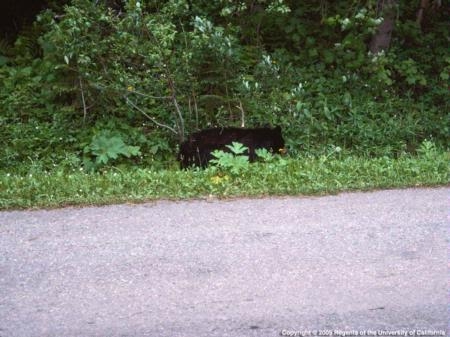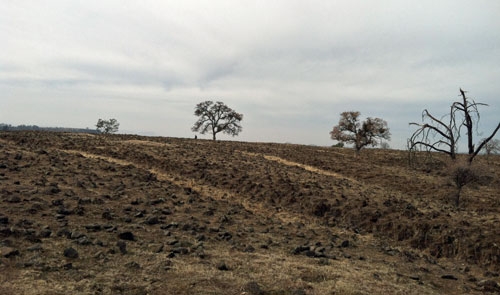UC Blogs
Ranchers are selling cattle to deal with California drought
Dearen noted that the UC Division of Agriculture and Natural Resources is holding a workshop this week to help ranchers make informed decisions about livestock feed supplementation, managing animal health and selling cattle.
"From previous droughts we’ve learned that feeding the whole herd through the drought may spell the end of business,” the story quoted Glenn Nader, UC Cooperative Extension advisor in Sutter and Yuba counties.
The workshop is being offered at the UC Sierra Foothill Research and Extension Center in Browns Valley and as a webcast for those who cannot attend in person. However interest is so great, the webcast has reached it's maximum capacity. UC Cooperative Extension has arranged to show the webcast at central locations in Mariposa, Mendocino, San Luis Obispo, Kern, Ventura and Tulare counties to provide greater access. For details and contact information, see Drought survival session scheduled for locations around the state.
The Associated Press story was picked up in The Washington Post, the Sacramento CBS affiliate, the ABC News website, the Memphis Commercial Appeal, the Monterey County Herald and other news outlets.
It All Began With Bugs
It all began with bugs. That's where it usually begins when your father is an entomologist. Tom Hammock, son of distinguished professor Bruce...

Tom Hammock, a renaissance man, has authored a graphic novel featuring a girl scientist who solves mysteries in a southern swamp. (Photo by Kathy Keatley Garvey)
Recycle Ag Plastic for Free
A new program offering local farmers and growers a way to recycle their Ag Plastic for free is now available to the Solano and Yolo Ag community. “Ag Plastic” or agricultural plastics can be recycled at the Yolo County Landfill though a program offered by Encore.
Accepted plastic items include agricultural irrigation drip tape, almond film plastic, black mulch plastic, HDPE plastic grape cover, greenhouse film plastic, and strawberry fumigation tarp. Items not accepted include buckets, ridged plastic, paper, twine, nylon and TIF/VIF films. All materials taken for recycling should be tied or bound into rolls or bales.
Encore is committed to reducing plastic waste and is the first US manufacturer to receive the Environmentally Preferred Rating (EPR). Encore has a state of the art recycling facility in the Salinas Valley and is partnering with their sister company, Command Packaging, who will turn Encore resin into reusable bags called smarterbags™ for the California grocery store market.
For more information contact Pam Hendricks at the Yolo County Landfill at phendrick@yolocounty.org or call (530) 555-8856.
Encore-flyer-YoloCounty
Bug of the Year!
If you're wondering which bug won "Bug of the Year" in Emmet Brady's Insect News Network (INN) radio poll, it's not the honey bee. But there is a...

A long-nosed bee fly in the Storer Garden, UC Davis Arboretum. (Photo by Kathy Keatley Garvey)
Bad bear behavior can't be pinned on California drought
The drought is a wake-up call to water users all over California, except perhaps its bears. The San Francisco Chronicle suggested in a front page article recently that the winter is too warm for bears to sleep. However, wildlife experts quoted by Mother Jones said the weather isn't to blame.
What motivates some bears to stay awake while others hibernate is still a mystery to scientists, according to Roger Baldwin, UC Cooperative Extension specialist in the Department of Wildlife, Fish and Conservation Biology at UC Davis. He has conducted extensive research on bear behavior.
When small mammals hibernate, their heart rate and body temperature drop and stay low for several months, the article said. Black bears, on the other hand, are much less extreme: They crank down their metabolism, heart rate, and body temperature just enough to get seriously lazy, but are still with it enough to be "perfectly capable of taking a swipe at you if you crawl into the den with them," Baldwin said. Waking them up is not uncommon or difficult.
Generally, temperature has a smaller influence on hibernation behavior than the availability of food. But bears are such proficient omnivores, said California Department of Fish and Wildlife biologist Jason Holley, that even a drought probably isn't enough to disrupt their hibernation habits, unless it continues for several more years.

Bears are adaptive and mobile. They can find food and water even in a drought, say wildlife experts.


